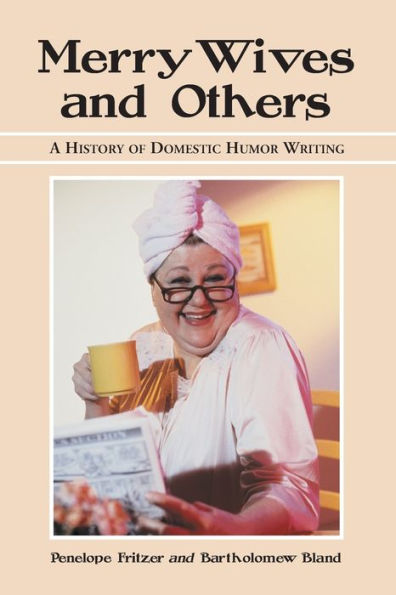Home
Shakespeare and (Eco-)Performance History: The Merry Wives of Windsor
Barnes and Noble
Loading Inventory...
Shakespeare and (Eco-)Performance History: The Merry Wives of Windsor
Current price: $190.00
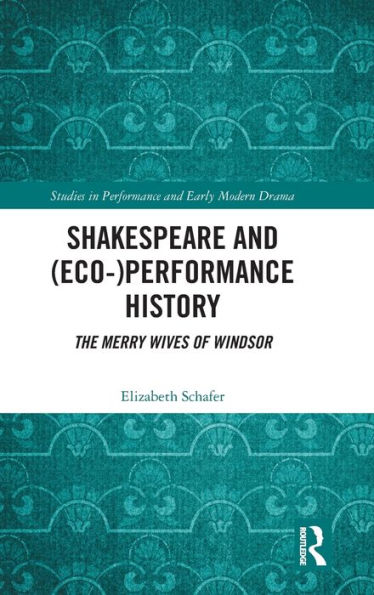
Barnes and Noble
Shakespeare and (Eco-)Performance History: The Merry Wives of Windsor
Current price: $190.00
Loading Inventory...
Size: Hardcover
*Product information may vary - to confirm product availability, pricing, shipping and return information please contact Barnes and Noble
Seismic shifts in the theatrical meanings of
The Merry Wives of Windsor
have taken place across the centuries as Shakespeare’s frequently performed play has relocated to Windsor across the world, journeying along the production/adaptation/appropriation continuum.
This (eco-)performance history of Shakespeare’s
not only offers the first in-depth analysis of the play in production, with a particular focus on the representation of merry women, but also utilises the comedy’s forest-aware dramaturgy to explore Mistress Page’s concept of being ‘frugal in my mirth’ in relation to sustainable theatre practices. Herne’s Oak – the fictitious tree in Windsor Forest where everyone meets in the final scene of the play – is utilised to enable a maverick but ecologically based reframing of the productions of
Merry Wives
analysed here.
This study engages with gender, physical comedy, and cultural relocations of Windsor across the world to offer new insight into
and its theatricality.
The Merry Wives of Windsor
have taken place across the centuries as Shakespeare’s frequently performed play has relocated to Windsor across the world, journeying along the production/adaptation/appropriation continuum.
This (eco-)performance history of Shakespeare’s
not only offers the first in-depth analysis of the play in production, with a particular focus on the representation of merry women, but also utilises the comedy’s forest-aware dramaturgy to explore Mistress Page’s concept of being ‘frugal in my mirth’ in relation to sustainable theatre practices. Herne’s Oak – the fictitious tree in Windsor Forest where everyone meets in the final scene of the play – is utilised to enable a maverick but ecologically based reframing of the productions of
Merry Wives
analysed here.
This study engages with gender, physical comedy, and cultural relocations of Windsor across the world to offer new insight into
and its theatricality.
Seismic shifts in the theatrical meanings of
The Merry Wives of Windsor
have taken place across the centuries as Shakespeare’s frequently performed play has relocated to Windsor across the world, journeying along the production/adaptation/appropriation continuum.
This (eco-)performance history of Shakespeare’s
not only offers the first in-depth analysis of the play in production, with a particular focus on the representation of merry women, but also utilises the comedy’s forest-aware dramaturgy to explore Mistress Page’s concept of being ‘frugal in my mirth’ in relation to sustainable theatre practices. Herne’s Oak – the fictitious tree in Windsor Forest where everyone meets in the final scene of the play – is utilised to enable a maverick but ecologically based reframing of the productions of
Merry Wives
analysed here.
This study engages with gender, physical comedy, and cultural relocations of Windsor across the world to offer new insight into
and its theatricality.
The Merry Wives of Windsor
have taken place across the centuries as Shakespeare’s frequently performed play has relocated to Windsor across the world, journeying along the production/adaptation/appropriation continuum.
This (eco-)performance history of Shakespeare’s
not only offers the first in-depth analysis of the play in production, with a particular focus on the representation of merry women, but also utilises the comedy’s forest-aware dramaturgy to explore Mistress Page’s concept of being ‘frugal in my mirth’ in relation to sustainable theatre practices. Herne’s Oak – the fictitious tree in Windsor Forest where everyone meets in the final scene of the play – is utilised to enable a maverick but ecologically based reframing of the productions of
Merry Wives
analysed here.
This study engages with gender, physical comedy, and cultural relocations of Windsor across the world to offer new insight into
and its theatricality.

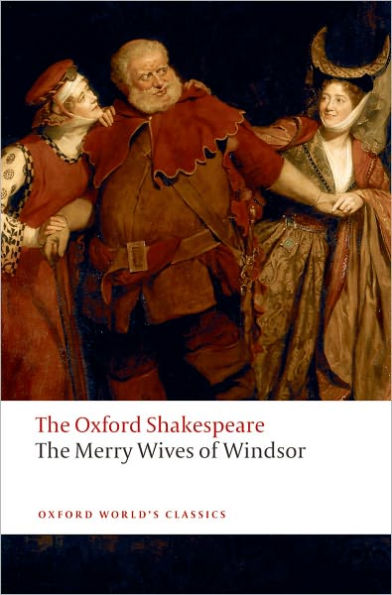
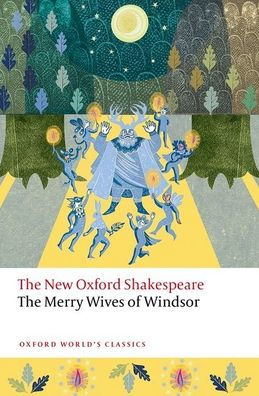




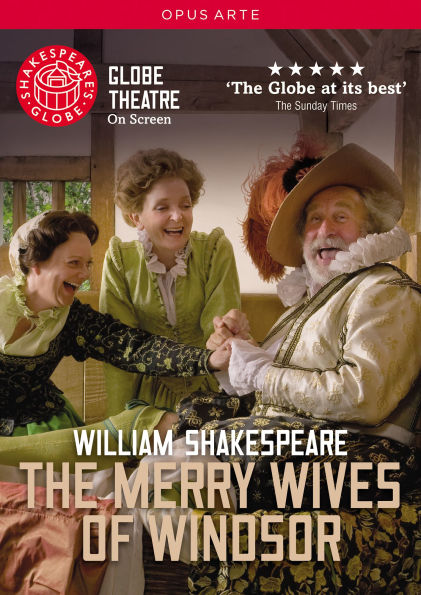
![The Merry Wives of Windsor/Twelfth Night/The Taminf of the Shrew (Royal Shakespeare Company) [3 Discs]](https://prodimage.images-bn.com/pimages/0809478013273_p0_v2_s600x595.jpg)
